Deep blacks, blown highlights, contrast heavy. Heavily influenced by the Are-Bure-Boke style from Japan, Ryan Neilan’s images are often out of focus, blurry and feature lots of heavy grain. Having shot his first roll of film back in 1999, Neilan would take pictures of his friends’ band playing in a local community center. And as he would describe it, the process of knowing how to obtain a good image got him hooked and he has been doing photography ever since. He shares his experience of changing 100% back from digital to analog and how Leica has played a key role in this unraveling process.
What approach do you take with your photography or what does photography mean to you?
I’ve always enjoyed art and music, but I have never been able to draw, to really learn an instrument well. It just didn’t click with me. But when I look at a picture, a good photograph, there’s just a feeling you get. It just clicks. I’m sure it’s the same for guitarists and painters, they just have a connection with that art form. For me it just happens to be photography.
My approach is perhaps a little different to most. I shoot film and shoot a lot of film. I shot forty rolls in five days in Tokyo. When I go out to shoot I walk quickly. I like to move quickly through the streets and people. I stop for a split second to press the shutter, barely breaking stride before moving on. I rarely talk to the people I photograph, usually I’m long gone before they have a chance to react. I can easily shoot three to five rolls in an hour and thanks to the 35mm I’m trying to get closer as I shoot.
I have stopped going out to randomly shoot as I used to and am now really focusing on projects. After the Tokyo project, my next project is based in Ho Chi Minh City. The images you see of the city are usually the over done, overly pretty tourist shots. I don’t think anyone has ever really shot this city in this darker black and white style before. I have another project in the works on the growing hardcore punk music scene that is growing here in Saigon.
All the images you shot in Tokyo represent in a way your transition from digital to 100% film, right? Please explain the decision process for this.
The decision to switch completely back to film was actually quite an easy one to make. I had first looked for a darkroom to rent when I moved to Saigon over three years ago. At that time there wasn’t one here so I stuck with digital (I wasn’t planning at that stage to only shoot film either, just now and again.)
So I stuck with digital and did a little street work and then my day job started to take more and more of my time. I was also going out a lot, drinking a lot, spendign my days off hungover and doing nothing at home. The cameras stayed in the drawer and gathered dust. When I began to get back into photography I went from my (at this stage majorly outdated) Canon 20D to a Nikon D7100. I lasted about two months with that and then traded it in for a Fuji X100T, wanting to get away from bulky DSLRs.
The X100T was great. I loved the size and ease of carrying it around in the Saigon heat and I did some good work with it. But it just didn’t have much feeling to it. So when I found out that Saigon now did have a small darkroom, selling and processing film, I bought their last roll of Tri-X and shot it that night. For me there’s just a tangible quality with film that you don’t get with digital. People use the act of having to wind and re-load film as a negative to shooting film, but I like it. I like taking that little break to get out a fresh roll, load it into the camera, the first shot you lose to wind on the film. The feeling of pure potential that you get knowing that you have 36 new blank frames now in the camera, ready to fill them in.
When I shot digital I chimped, a lot. My personality is that of a worrier. I was always worried about the shot. Did it expose right? Was it sharp? Etc etc. Taking pictures was stressful at times, constantly checking and fighting the desire to edit right then and there and delete pictures. With film, I can’t do that and so I’m free to just shoot. Shooting film has really been a very freeing experience in terms of camera settings and wondering if the shot came out right.
I still edit in Photoshop, mostly in terms of contrast and yes, I do crop my images, but for me the biggest reason to shoot film again is I just enjoy the shooting process more with film. I enjoy the process and I enjoy the wait to see what I got. Also I spent so long trying to recreate a film look with that graininess in photoshop when all along it was right there, in film.
Now that you shoot in film, do you perceive your photographic style as a before/after situation, where now you focus on the parameters (and limits) of shooting with film, rather than having numerous digital options?
In a way I think, yes. Making the switch back to film has helped me to focus on developing my own style a lot. While film offers a lot of options, you can only have the one emulsion loaded at the one time. With digital and RAW files, you take a picture and you bring it into photoshop and it’s easy (for me at least) to get distracted by questioning if it would look better in black and white, or colour. Maybe this much contrast, or this filter or that preset or whatever it might be.
I don’t believe film is as limiting as many might think, especially with stand developing, which I’m looking to start doing at home this month. The idea that I can shoot a roll of Tri-X 400 and have half the roll be shot at 1600 last night, and then in the morning I can go out and shoot at 200 and when I process that roll, the negatives will all be well developed is fantastic. Since moving to film I feel I’ve become more focused. I’m now pushign myself to shoot with an end in mind, such as a book. Shooting towards a porject is helping keep me focused and interested as opposed to when I shot digital. The limitation on how many shots or rolls I have is pushing me to shoot with an end goal in mind.
You shoot with the Leica M2. Are there any particular ways you use the camera when taking pictures? What are they key elements that make this camera your preference?
The reason I went with the M2 is it has the 35mm frame lines, which I wanted and also it has no light meter. I didn’t want a light meter in my camera because I knew I would be relying on it too much, it would be distracting me and one of the big reasons I went back to film was to cut out some of those distractions. And it was black! It’s beautiful. I did buy a small Sekonic hand held meter which I use from time to time. But then it’s back in the bag and doesn’t reappear until I notice a dramatic shift in the light.
As for how I use the camera; I shoot quickly. I walk quickly, I shoot quickly, I move on. Usually by the time I’m going home from shooting I’m sweating like crazy, even in Tokyo where it was 13 degrees during the day and even colder at night, I wore shorts and a t-shirt and was still sweating by the time I got back to my hotel. Rarely do I talk to the people I shoot, in fact I’m usually gone anyway by the time they might really realise what’s happened. I try not to make eye contact and keep my camera high up on my chest so I can frame and shoot very quickly. Often I won’t even stop; I’ll put all my weight on my front leg, stop for just a split second in which I press the shutter, and then continue walking, barely breaking my stride. There are times I’ll stop and work a scene but usually no more than three, maybe four shots.
You study the Are-Bure-Boke style from the 1970’s Japan. This influence is definitely observed in your images, with a blurred and out-of-focus aesthetic as an overarching theme. Why are you attracted to this style and how are you embracing it in your own photography?
I can’t remember how I found Daido Moriyama’s work but it was maybe five or six months ago. I had seen some of it before (like his famous dog image) but never knew much else of his work or about him. But once I started looking at his work, reading about him and watching interviews with him, something clicked for me. I’ve only once before had such an emotional response to a photographers work before and that was when I found Peter Beard’s ‘Fifty Years of Portraits,’ in my college library.
Ever since I had become interested in photography, sharpness and focus and grain etc had been sold to me as all so important and if the image wasn’t sharp, or was too grainy or the highlights were blown etc then it was a bad image. And so here was this guy, wearing all black, smoking like a chimney just giving a big middle finger to all that. When I watched videos of him shooting he was walking through the streets, shooting the way I wanted to shoot, fast. He definitely inspired me to shoot for me and not for others, what I thought people wanted to see. I would discard images for the slightest lack in sharpness and I was making myself crazy ‘pixel peeping,’ when I was shooting digital. Film, and shooting the way I do, has a roughness to it. And I like that.
Do you have any specific way to process your film? Do you do it yourself or through third parties?
Right now my film is processed by Saigon Darkroom, a small darkroom above a cafe here in Ho Chi Minh City. They do a great job processing and scanning for me but I am hoping to begin processing my own film again in February and scanning myself soon too. It’s difficult to get chemicals, etc. in Saigon so I have to import from HK through the awesome Vish at Camerafilmphoto.com. He is also now my go to guy for film.
I am planning to start stand developing, something I’ve never done before but the look and results I think will lend themselves well to my style, especially as I scan rather than wet print (for now.)
You have an evident connection with the music world also from your time documenting concerts and artists including Chris Cornell. How does music play a role in your photography back then, and now when shooting film?
If you’ve ever shot a show or concert you’ll know that nine out of ten times you get the first three songs in the pit at the front and then you’re out. You have three songs to shoot and get what you need. And I think that may have some influence on how I shoot now. I still like to shoot fast, I like to put pressure on myself to get a shot and move on. As for now, music itself doesn’t play a huge role in my work (besides the Saigon Hardcore project.) I listen to music when editing and working on my images but it ranges from classical to metal and I don’t find it has any real effect on what I’m doing. It’s just background music.
Can you share with us more details about the Saigon project with the growing hardcore punk music scene?
There’s a growing punk scene here in Vietnam, specifically Hardcore punk. It’s been heavily influenced by a well known face in the Japanese punk scene who has moved to Saigon and is working on promoting Vietnamese talent. I plan on shooting shows, the bands, the fans over the next year. The idea is to put together a book featuring live shots, portraits, small interviews etc. It’s really early days yet (I’ve only been able to shoot one show so far) but I’m hoping to make it a mix of black&white and colour. Shooting colour film isn’t something I’ve ever really done so I’m looking forward to getting some Portra 400 and making some nice portraits of the bands, their families and all the people involved in this growing scene.
I also have plans to put together a book on Saigon, similar in style to my Tokyo project. When you see pictures of Saigon they are always bright and touristy. They wouldn’t look out of place in a Lonely Planet guide. Going the opposite route and doing a project in that Are, Bure Boke influenced style would, to me, be very interesting. It’s an incredibly photogenic city. Never a dull moment. There’s a really nice little art scene growing here in Vietnam, ranging from music to photography and everything in between and it’s an exciting time to be here.
Thank you Ryan!
About Ryan Neilan:
Born in Dublin, Ireland and now based in Ho Chi Minh City, Vietnam, Ryan has been making photographs for the last fifteen years. Previously he has worked in areas such as TV, PR, documentary, promo and event photography and music photography for artists including Chris Cornell, Rise Against and Opeth. Currently he is focusing on a more documentary/fine art style and is heavily influenced by artists such as Eugene Smith, Peter Beard and most recently, Daido Moriyama.
To connect with Ryan Neilan, please visit his website and follow him on his Blog and Facebook.
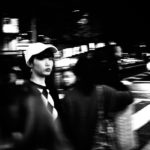
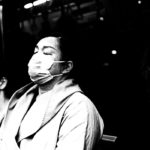
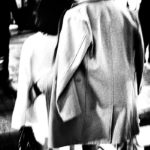
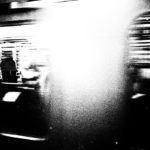
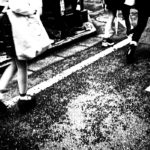
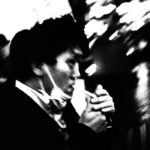
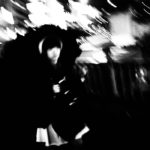
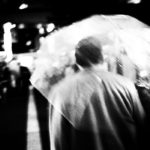
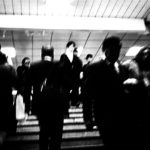
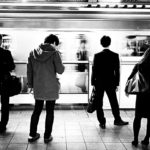
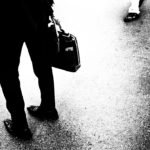
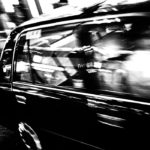
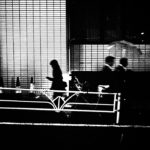
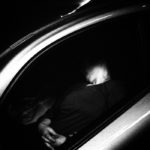
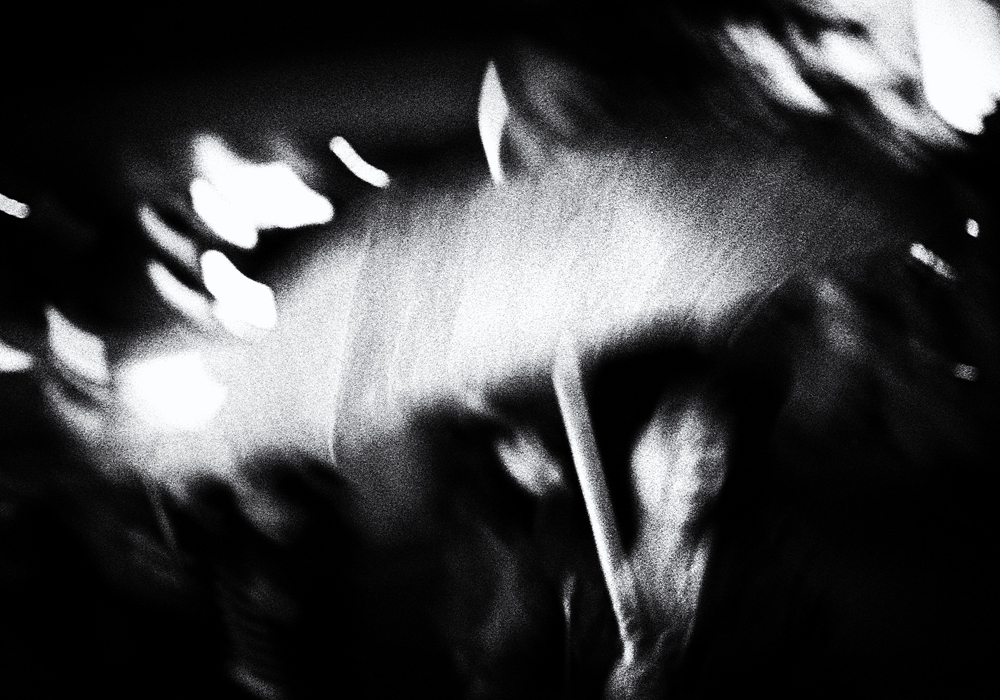
Comments (21)